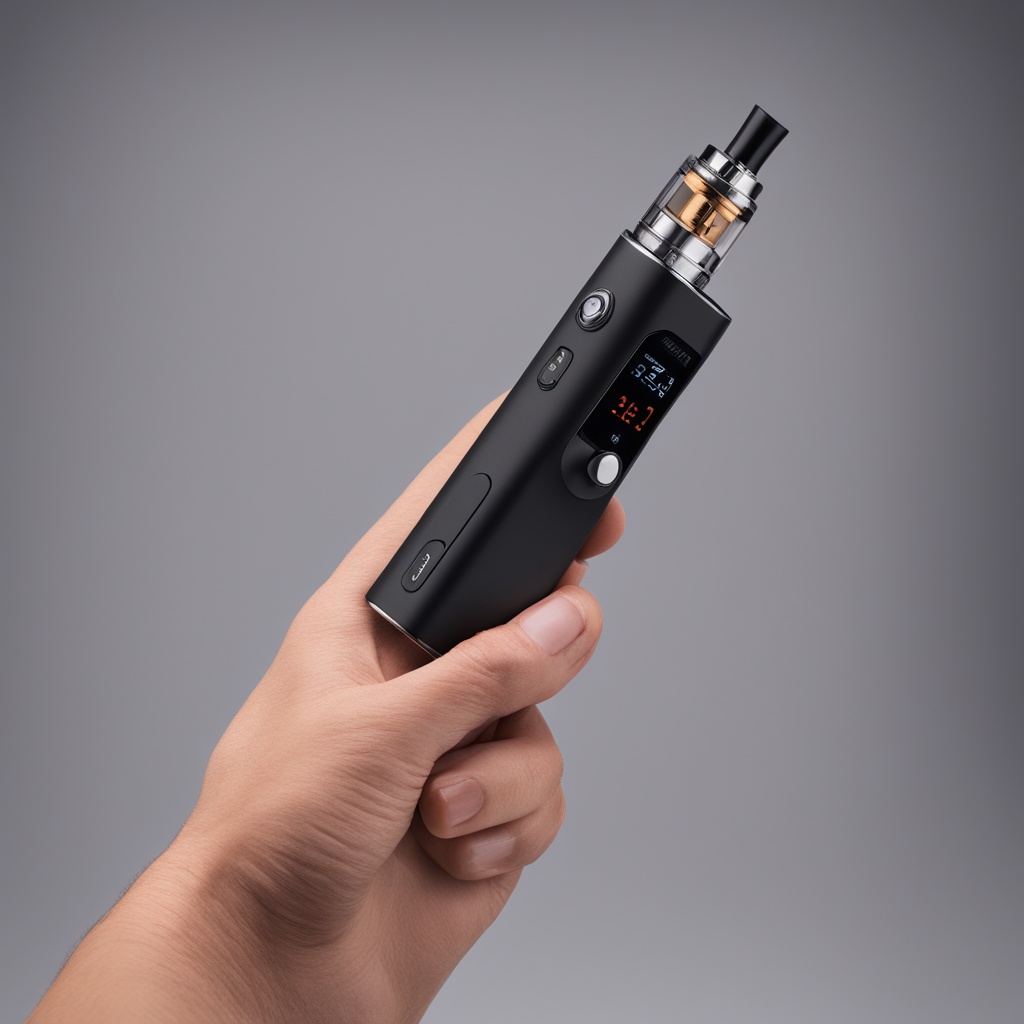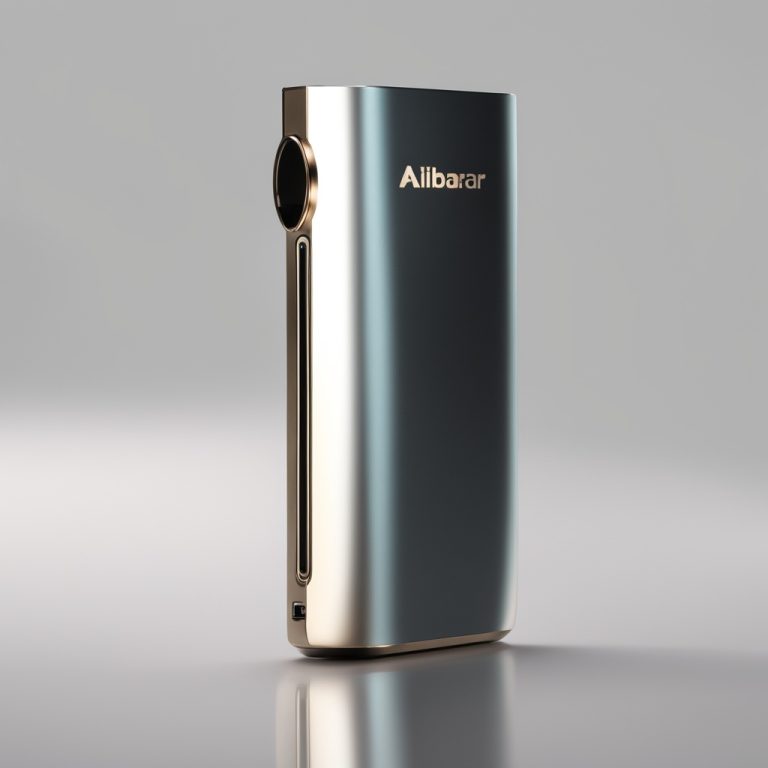
The Rise of Vape Shops: Understanding E-Cigarettes and Their Impact
In recent years, vape shops have become a ubiquitous presence in urban landscapes, offering a wide range of products that cater to both casual users and enthusiasts. The rise of e-cigarettes has sparked debates about their benefits and risks, leaving many consumers wondering:
What exactly are e-cigarettes?
How do they work?
And what role do vape shops play in this evolving industry? This article delves into these questions, exploring the history, functionality, and societal impact of e-cigarettes, while also highlighting the importance of responsible usage.
The History of E-Cigarettes
E-cigarettes, or electronic cigarettes, were first introduced in the early 2000s as a potential alternative to traditional tobacco products. The invention is often credited to Chinese pharmacist Hon Lik, who developed the modern e-cigarette in 2003. Unlike earlier iterations, Lik’s design utilized a heating element (coil) to vaporize nicotine-infused liquid, creating a烟雾 that mimicked traditional cigarette smoke. This innovation marked the beginning of the vaping industry.
The initial years were challenging for e-cigarettes, as they faced skepticism from both consumers and regulators. However, by the late 2000s, their popularity began to soar. Vape shops emerged as hubs where users could purchase devices, refillable liquids (commonly called e-liquids or vape juice), and accessories. These stores also became spaces for vaping enthusiasts to share tips, discuss new products, and connect with like-minded individuals.
Today, the vaping industry is a multi-billion dollar market, with vape shops operating in nearly every major city. Despite this growth, questions remain about the long-term effects of e-cigarettes on public health and their role in smoking cessation efforts.
How E-Cigarettes Work
E-cigarettes operate by heating a liquid solution to produce an aerosol that users inhale. This process is often referred to as “vaping.” The core components of an e-cigarette include:
- A battery-powered device
- An atomizer or coil
- E-liquid containing nicotine, flavorings, and other chemicals
- A mouthpiece for inhalation
When a user activates the device (usually by pressing a button or inhaling), the battery sends power to the coil. The coil heats up, vaporizing the e-liquid. This vapor is then inhaled by the user, delivering nicotine and flavorings directly to the lungs.
Vape shops play a crucial role in this process by offering a wide variety of devices and e-liquids tailored to different preferences. For example, some users prefer disposable e-cigarettes for their convenience, while others opt for refillable devices that allow them to customize their vaping experience.
Benefits of E-Cigarettes
Proponents of e-cigarettes argue that they offer several advantages over traditional cigarettes. One of the most frequently cited benefits is reduced harm compared to smoking. According to studies, vape shops and e-cigarettes provide an alternative for smokers who are unable or unwilling to quit using nicotine entirely. By eliminating the combustion process associated with traditional cigarettes, e-cigarettes significantly reduce exposure to harmful chemicals like tar and carbon monoxide.
Another benefit is the wide range of flavors available in e-liquids. This variety can make vaping more appealing to smokers looking for a satisfying alternative. Vape shops often stock hundreds of flavors, from classic tobacco and menthol to more exotic options like mango and mint chocolate chip. This diversity has helped attract a broad audience, including younger users who might not have been interested in traditional cigarettes.
Additionally, e-cigarettes provide smokers with greater control over their nicotine intake. Many devices allow users to adjust the voltage or wattage, influencing the strength of the vapor produced. This flexibility can be particularly useful for those trying to gradually reduce their nicotine consumption as part of a quit-smoking plan.
Risks and Controversies
Despite their popularity, e-cigarettes are not without controversy. One major concern is their potential appeal to non-smokers, especially young people. The candy-like flavors and sleek designs marketed by vape shops have raised fears that vaping could lead to nicotine addiction among youth who might otherwise never smoke traditional cigarettes.
There are also concerns about the long-term health effects of inhaling e-cigarette vapor. While it is generally agreed that e-cigarettes are less harmful than traditional cigarettes, there is limited research on their impact over extended periods. Studies have identified potentially harmful chemicals in some e-liquids and vapor, including formaldehyde, acrolein, and diacetyl. These findings have led to calls for stricter regulations on the production and sale of vaping products.
Another issue is the lack of standardization within the vaping industry. The quality and safety of e-cigarettes can vary significantly between manufacturers. Vape shops often emphasize high-quality products, but it is still important for consumers to do their homework and choose reputable brands. This raises the question:
How can users ensure they are purchasing safe and reliable e-cigarettes?
Regulations and Public Health
In response to growing concerns about vaping, governments around the world have implemented various regulations. In the United States, for example, the FDA has gained authority over tobacco products, including e-cigarettes, under the Tobacco Control Act of 2009. This regulation requires manufacturers to submit detailed information about their products and prohibits the sale of e-cigarettes to minors.
Some countries have taken even stricter measures. For instance, several European nations have banned flavored e-liquids in an effort to reduce youth vaping rates. These policies reflect a broader debate about whether e-cigarettes should be treated as tools for smoking cessation or as harmful products that require tighter controls.
Vape shops are often caught in the middle of this debate. While they may support regulations aimed at protecting public health, they also argue for fair treatment compared to traditional tobacco retailers. The question remains:
How can governments balance public health concerns with the rights of adult smokers to access vaping products?
The Future of Vaping
As the vaping industry continues to evolve, vape shops will play a critical role in shaping its future. On one hand, they provide valuable resources for smokers looking to transition away from traditional cigarettes. On the other hand, they must navigate an increasingly complex regulatory landscape while addressing concerns about youth access and product safety.
One promising development is the growing emphasis on quality and transparency within the industry. Many vape shops now offer third-party tested e-liquids and devices, giving consumers peace of mind about what they are inhaling. This shift towards higher standards could help mitigate some of the risks associated with vaping.
Another area of focus is innovation. Advances in battery technology, coil design, and flavor science continue to improve the vaping experience. These innovations may also address some of the health concerns by reducing harmful chemicals in vapor or offering new ways to deliver nicotine without combustion.
Ultimately, the future of vaping will depend on how well the industry can balance convenience, safety, and public health. As more research is conducted and regulations are refined, vape shops will need to adapt to changing circumstances while maintaining their commitment to providing high-quality products and support for smokers.
Conclusion
E-cigarettes have come a long way since their invention over two decades ago. From humble beginnings as a niche product, they have grown into a multi-billion dollar industry with vape shops serving as key players in the vaping ecosystem. While there are valid concerns about their impact on public health and youth access, e-cigarettes also offer significant potential as tools for smoking cessation.
As the industry moves forward, it is essential that stakeholders—including manufacturers, retailers, policymakers, and consumers—work together to address these challenges. By promoting transparency, innovation, and responsible use, vape shops can help ensure that vaping remains a safer alternative for smokers while protecting vulnerable populations from unnecessary risks.
E-cigarettes have transformed the landscape of nicotine consumption since their introduction in 2003 by Hon Lik. These devices, which vaporize nicotine-infused liquids without combustion, offer a potential reduction in harm compared to traditional cigarettes. The vaping industry has grown significantly, with vape shops becoming central hubs for purchasing devices and e-liquids, as well as fostering communities among enthusiasts.
Key Components of E-Cigarettes
E-cigarettes typically consist of:
1. Battery: Powers the device.
2. Atomizer/Coil: Heats the liquid to produce vapor.
3. E-Liquid: Contains nicotine, flavorings, and chemicals.
4. Mouthpiece: For inhalation.
Benefits of E-Cigarettes
– Reduced Harm: Avoids combustion-related toxins like tar and carbon monoxide.
– Flavor Variety: Attracts a broad audience with diverse tastes.
– Nicotine Control: Allows users to adjust intake, aiding quit-smoking efforts.
Risks and Controversies
– Youth Appeal: Concerns about candy-like flavors attracting non-smokers, especially youth.
– Health Effects: Potential harmful chemicals in vapor, such as formaldehyde and diacetyl.
– Regulatory Challenges: Lack of standardization across manufacturers.
Regulatory Environment
Governments are imposing stricter regulations. For instance:
– The FDA now oversees e-cigarettes in the U.S., requiring product information submission and banning sales to minors.
– Some European countries have banned flavored e-liquids to curb youth vaping.
Future Directions
The future of vaping hinges on balancing convenience, safety, and public health. Innovations in battery technology and flavor science could enhance safety while addressing health concerns. Emphasizing quality and transparency, many vape shops now offer third-party tested products.
In conclusion, while e-cigarettes present risks, particularly for youth, they also offer a safer alternative to traditional smoking. Collaborative efforts among stakeholders are crucial to navigate challenges, ensuring vaping remains a responsible choice for adult smokers while protecting vulnerable populations.





